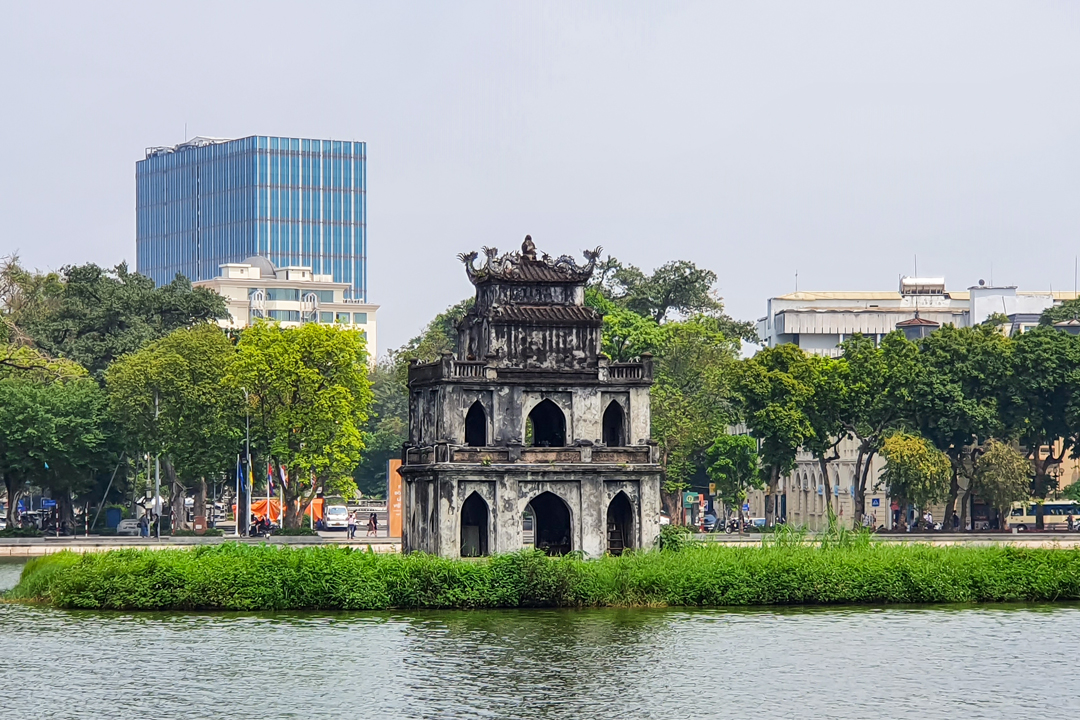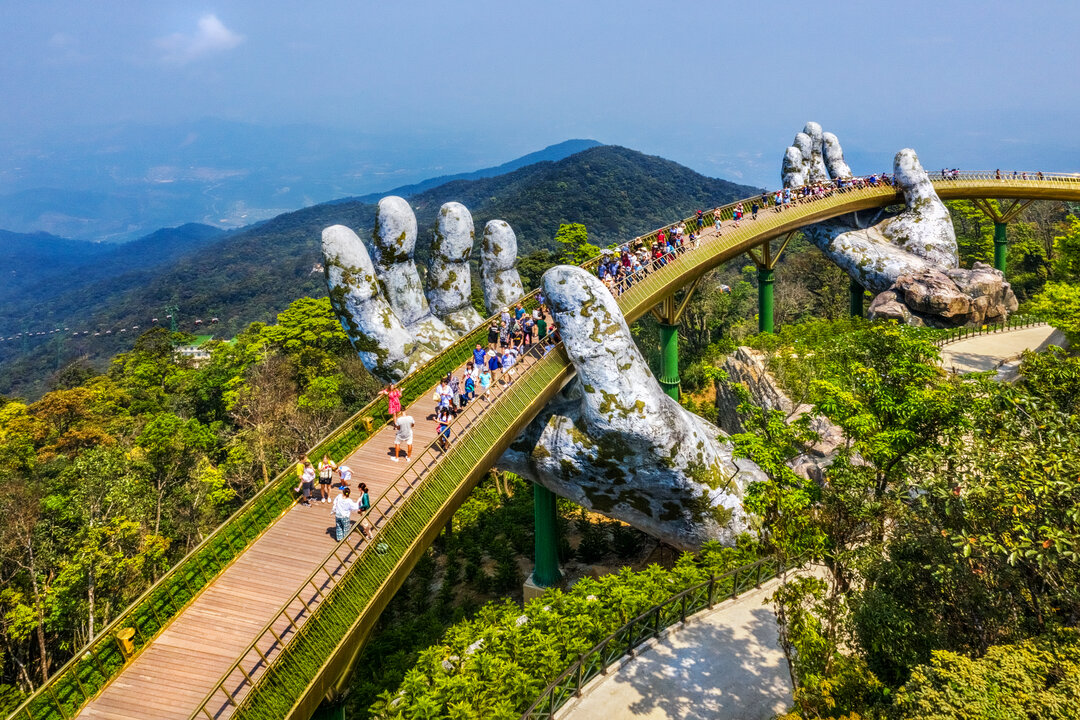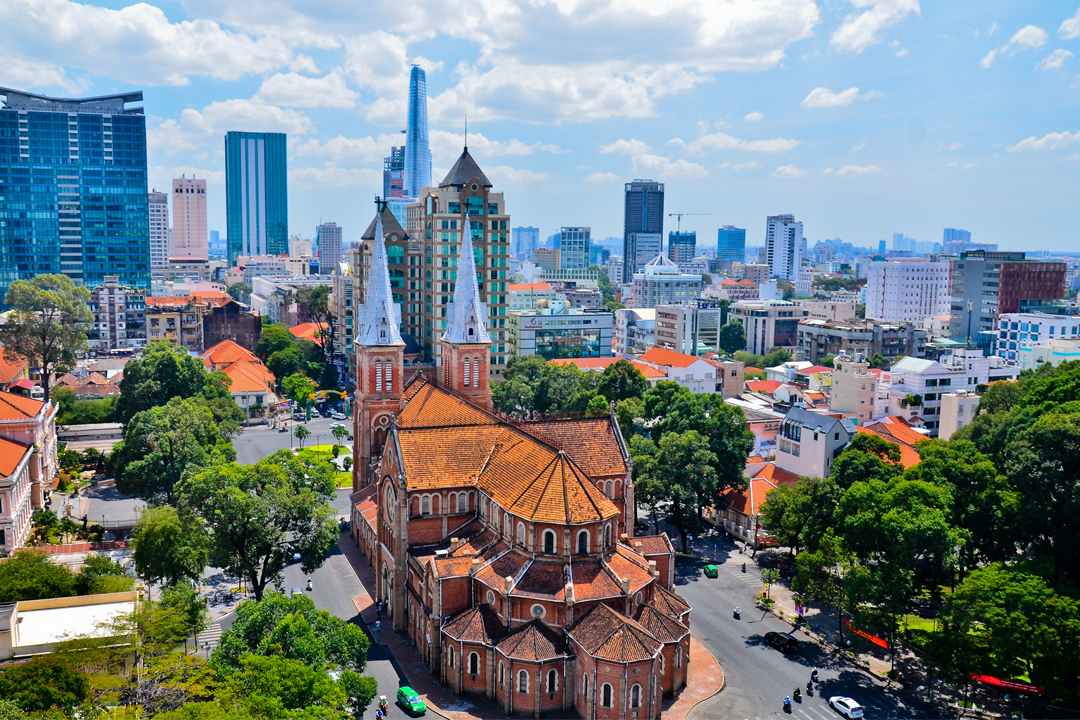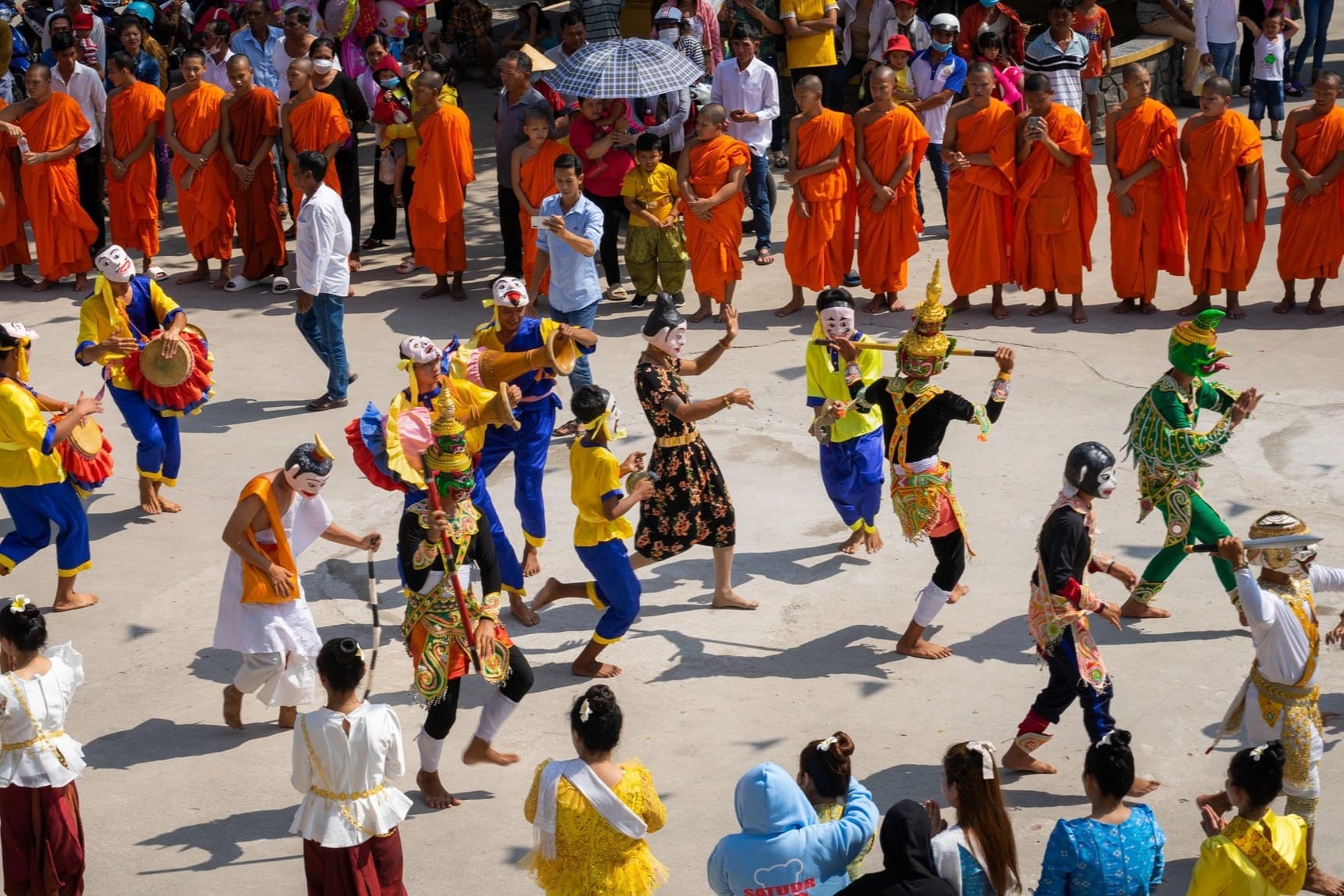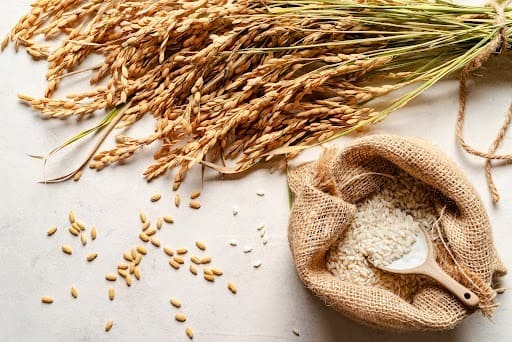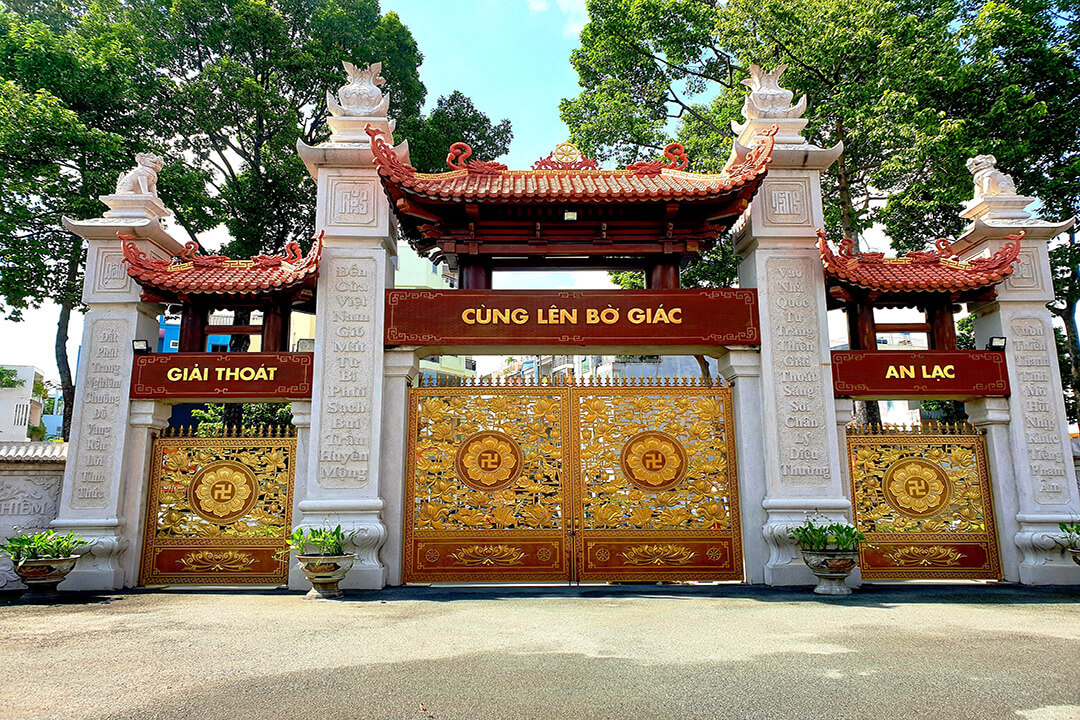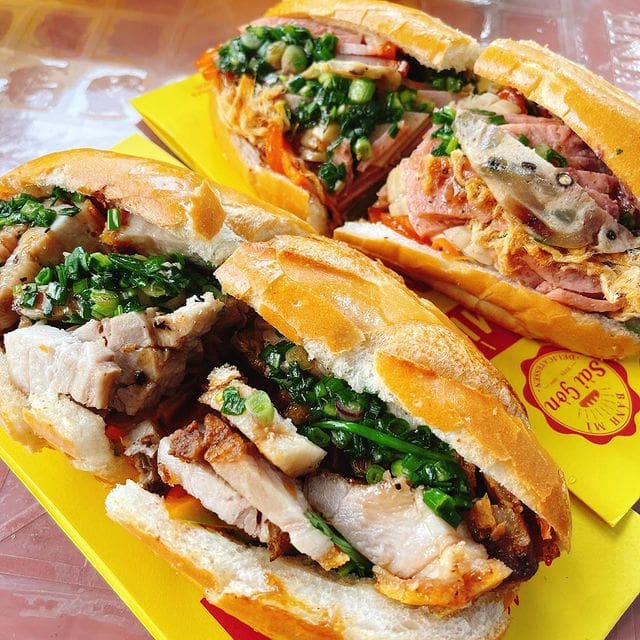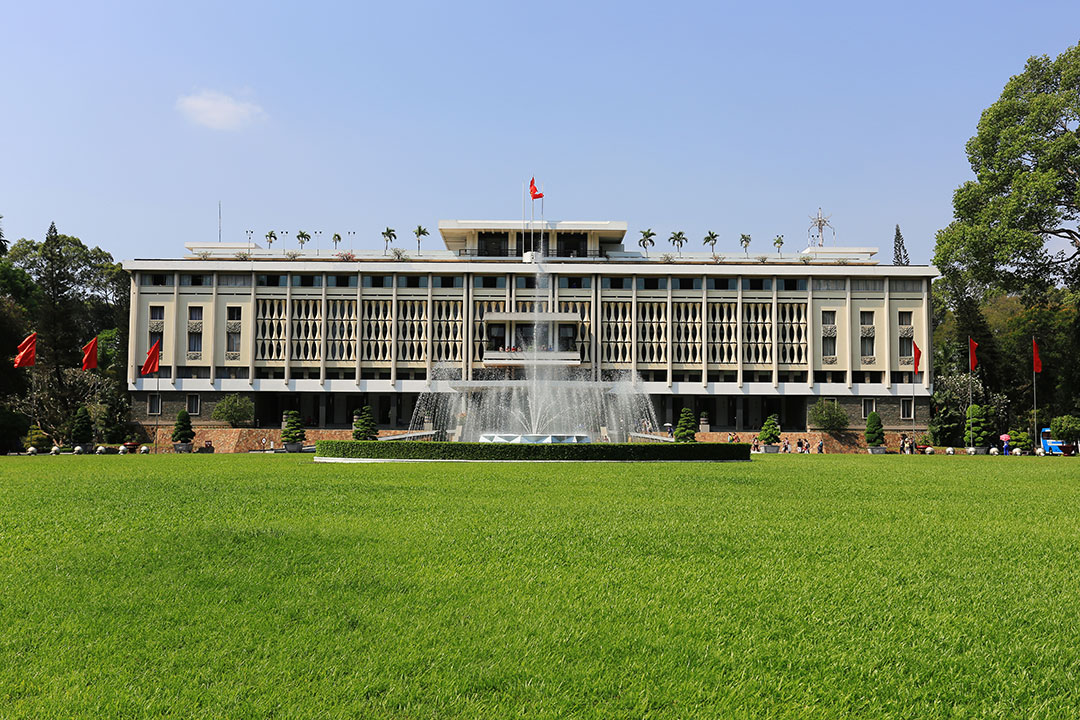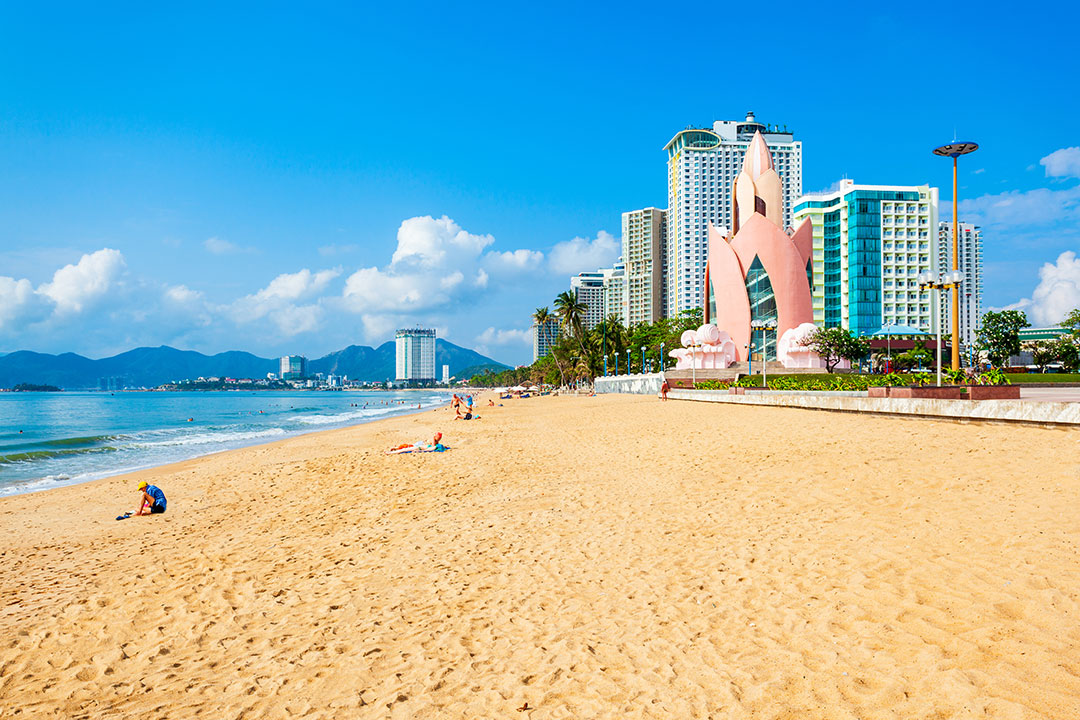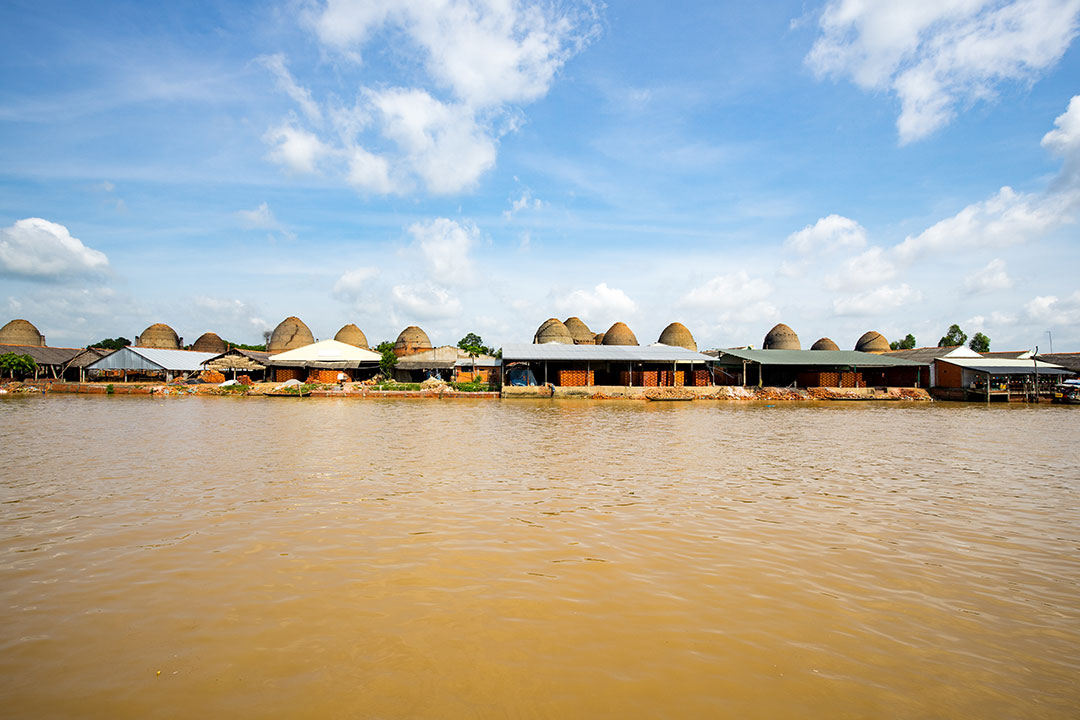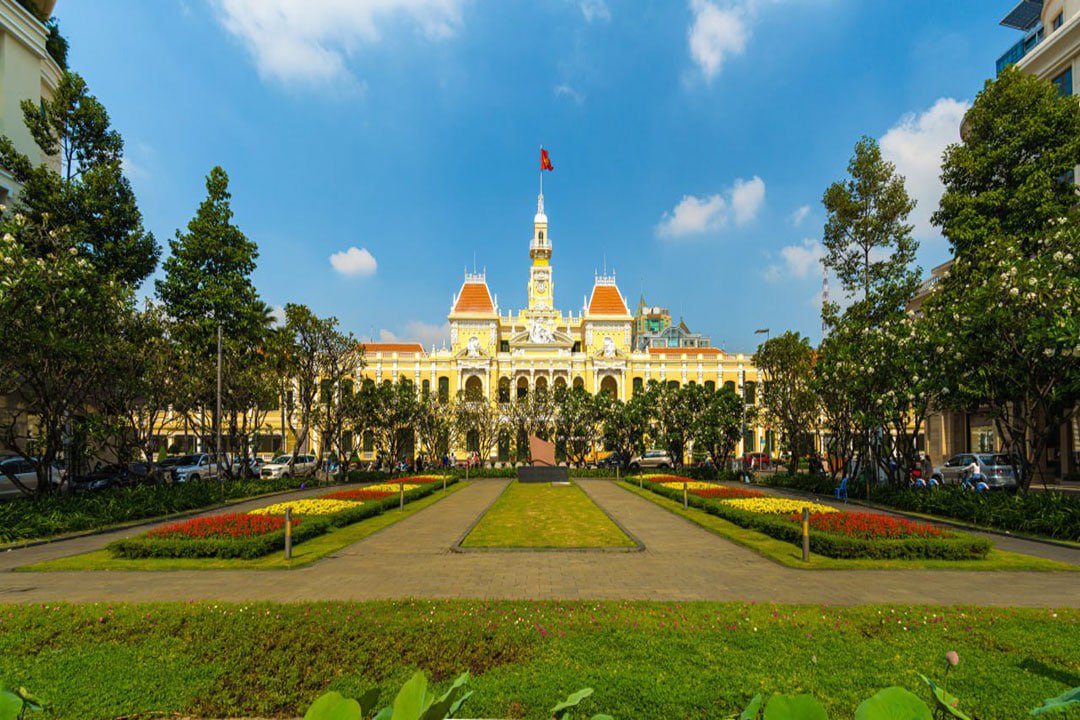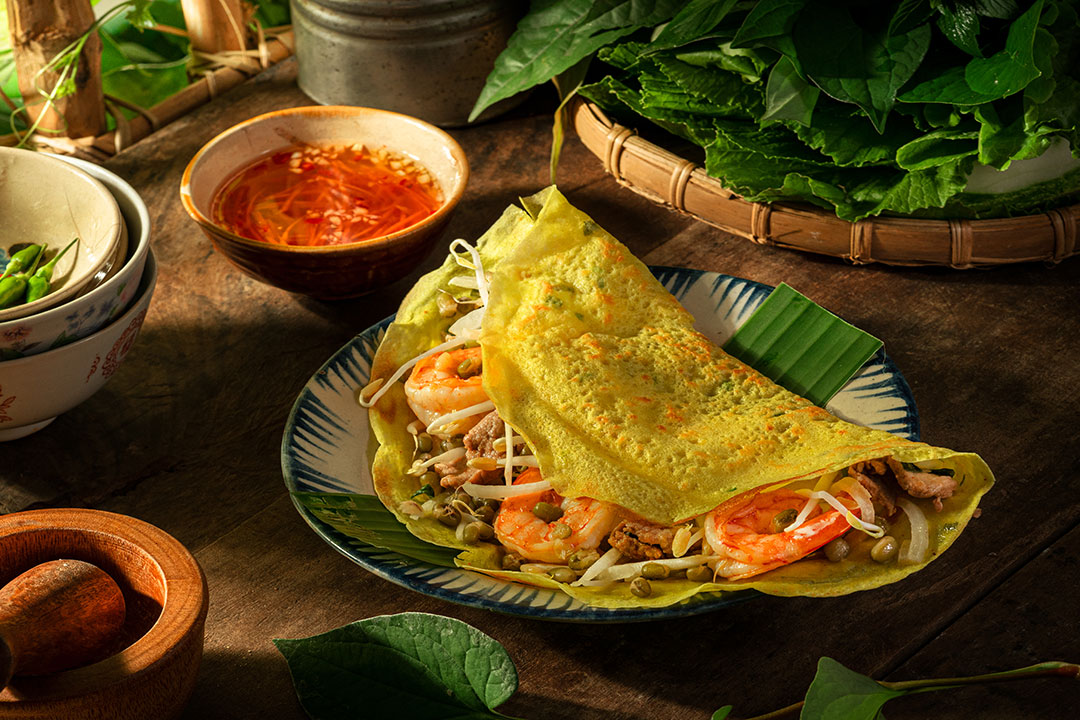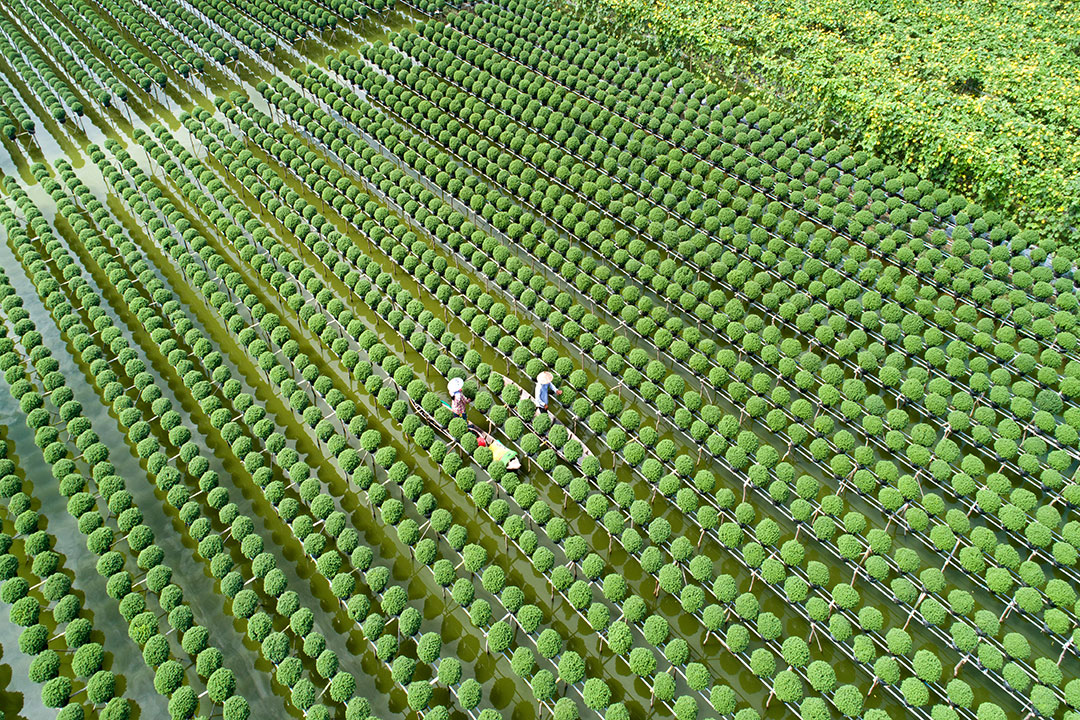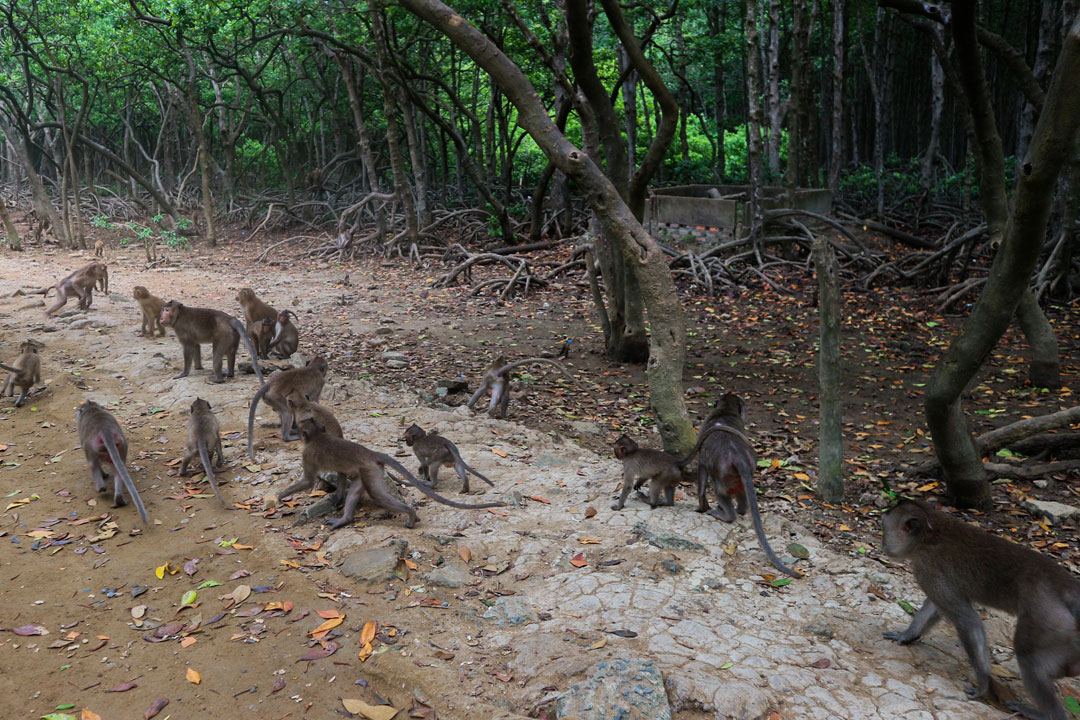Vietnamese National Buddhist Temple: Explore History, Architecture and Things to Do in Ho Chi Minh City
The Vietnamese National Buddhist Temple is one of Ho Chi Minh City’s key spiritual landmarks, blending modern faith with deep historical roots. The Vietnamese National Buddhist Temple is one of Ho Chi Minh City’s key spiritual landmarks, blending modern faith with deep historical roots. But its modern facade belies a complex past deeply intertwined with Vietnam’s 20th-century political and religious struggles. For visitors, it offers a dual experience: the awe of its grand scale and the serene, spiritual atmosphere within its halls. At GTrip, we believe a visit here is essential for understanding the dynamic soul of modern Saigon. This guide explores the temple’s history, architecture, sacred treasures, and key tips for an unforgettable visit.
Overview of the Vietnamese National Buddhist Temple
- Address: 244 Ba Thang Hai Street, Hoa Hung Ward (formerly Ward 12, District 10), Ho Chi Minh City
- Opening hours: 7:30 AM - 11:00 AM and 3:00 PM - 6:00 PM daily
- Entrance fee: Free
- Best time to visit:
- Morning for a quieter atmosphere and to witness the serene daily rituals.
- Festival days, such as Vesak or Vu Lan, for a deep cultural immersion amidst thousands of devotees.
As the official headquarters of the Buddhist Sangha of Vietnam in Ho Chi Minh City, the Vietnamese National Buddhist Temple is more than just a place of worship. It is a major administrative, cultural, and educational hub for Buddhism in the country. Its imposing structure serves as a beacon for devotees and a point of immense curiosity for travelers, blending traditional motifs with breathtaking modern construction. Here is the essential information you need to plan your visit.
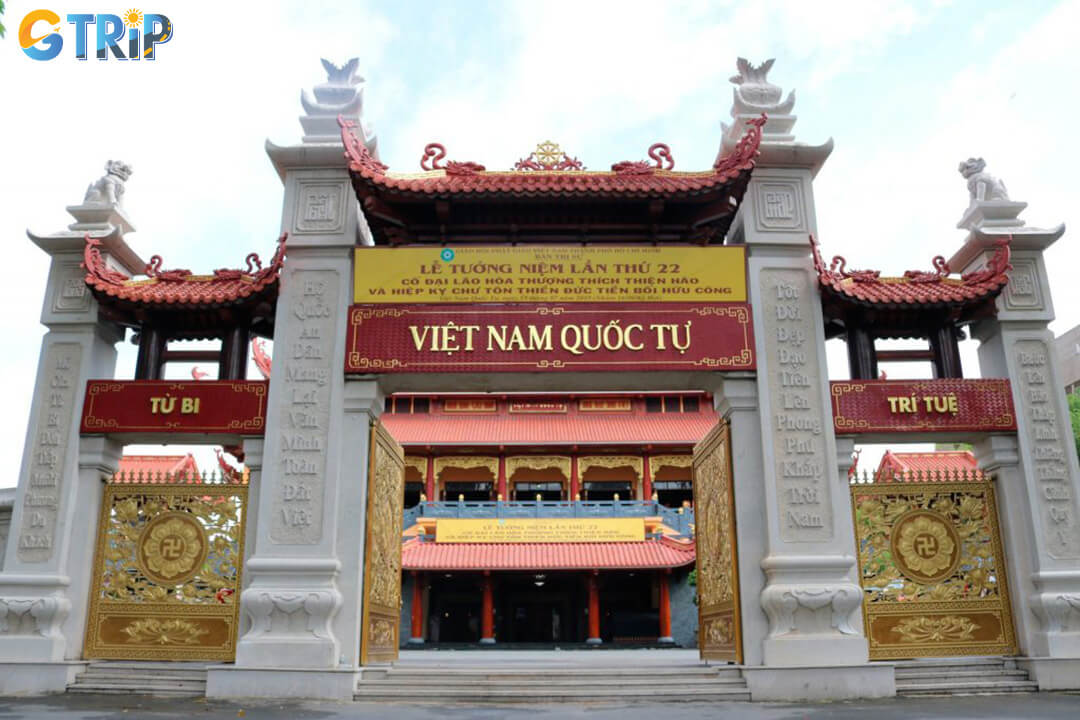
Essential visitor information for exploring the Vietnamese National Buddhist Temple, a spiritual and cultural landmark in Ho Chi Minh City
History of the Vietnamese National Buddhist Temple
The story of the Vietnam Quoc Tu Pagoda is a dramatic journey of faith, loss, and rebirth. From its conception during a time of political upheaval to its recent grand reconstruction, the temple's timeline reflects the resilience of the Vietnamese Buddhist community. The following table chronicles the key milestones that shaped this iconic institution.
| Date / Period | Event |
|---|---|
| 1963 | In the wake of the pivotal coup that overthrew President Ngo Dinh Diem and his discriminatory policies against Buddhists, the Unified Buddhist Sangha of Vietnam was formally established. As a gesture of reconciliation and support, the new government leased a sprawling 4-hectare plot of land to the Sangha for a 99-year term at a symbolic price, designating it as the site for a national pagoda. |
| April 26, 1964 | An auspicious foundation stone-laying ceremony was held, marking the official start of the ambitious project. The celebrated architect Ngo Viet Thu, renowned for designing the Independence Palace, was commissioned. His initial design included a magnificent 7-story tower intended to be a symbol of unified Buddhism. |
| 1967 | As the complex grew, it expanded its mission beyond worship. The Phuong Nam Institute of Buddhism was established on-site to advance Buddhist studies, followed by the creation of the Quach Thi Trang Orphanage. This provided sanctuary and care for children in need, embodying the Buddhist principle of compassion. |
| Post-1975 | After the Fall of Saigon and the reunification of Vietnam, the state reclaimed the majority of the pagoda's extensive grounds. The land that once belonged to the spiritual center was redeveloped, with the Hoa Binh Theater and the Ky Hoa Amusement Park being constructed on the former temple property, leaving only a fraction of the original site. |
| 1988 | Exhibiting immense persistence, the temple's abbot, Most Venerable Thich Tu Nhon, began a formal campaign to reclaim the pagoda's confiscated land. He submitted a petition to the government, initiating a long and patient diplomatic effort to restore the temple to its intended purpose. |
| Feb 28, 1993 | The government responded favorably, approving the return of a significant portion of the land, including the area with the original stupa foundation. This decision marked a turning point, allowing the Sangha to begin a period of restoration and add new structures to the diminished complex. |
| Oct 12, 2014 | A major groundbreaking ceremony signaled the start of a massive reconstruction project to build the new Viet Nam Quoc Tu. This event was not just about construction but about realizing the original vision on a grander, more modern scale, funded entirely by donations from Buddhist followers worldwide. |
| Aug 3, 2015 | Construction officially commenced on the new 13-story stupa, the centerpiece of the reimagined complex. It was designed to soar to a height of 63 meters, a figure symbolic of the 63 provinces and cities of Vietnam, reinforcing its status as a national temple. |
| Oct 31, 2015 | A monumental bronze casting ceremony was held for the statue of Gautama Buddha destined for the main hall. Measuring 7.5 meters high and weighing an immense 35 tons, it was recognized at the time as Vietnam's largest bronze Buddha statue to be worshipped inside a main hall. |
| Nov 7, 2017 | The new Viet Nam Quoc Tu was officially inaugurated after years of intensive construction. The monumental effort, which had a total cost of approximately 250 billion VND, was celebrated with a grand ceremony attended by thousands of monks, dignitaries, and devotees. |
| 2018 | The final major structures of the new complex were completed, most notably the majestic 13-story stupa. Each of its floors symbolically represents one of the 13 Buddhist organizations that united to form the Unified Buddhist Sangha during the pivotal 1963 movement against religious persecution. |
| Early May 2019 | In a profoundly significant event, the "Undecayed Heart" relic of Bodhisattva Thich Quang Duc, the monk who self-immolated in 1963 to protest the Diem regime, was ceremoniously transferred to the pagoda. After being securely stored at the State Bank of Vietnam for decades, this sacred relic was permanently enshrined within the stupa. |
| Present day | The Vietnamese National Buddhist Temple proudly serves as the headquarters of the Ho Chi Minh City chapter of the Buddhist Sangha of Vietnam. It functions as a vital center for spiritual practice, Buddhist education, and national and international cultural exchange. |
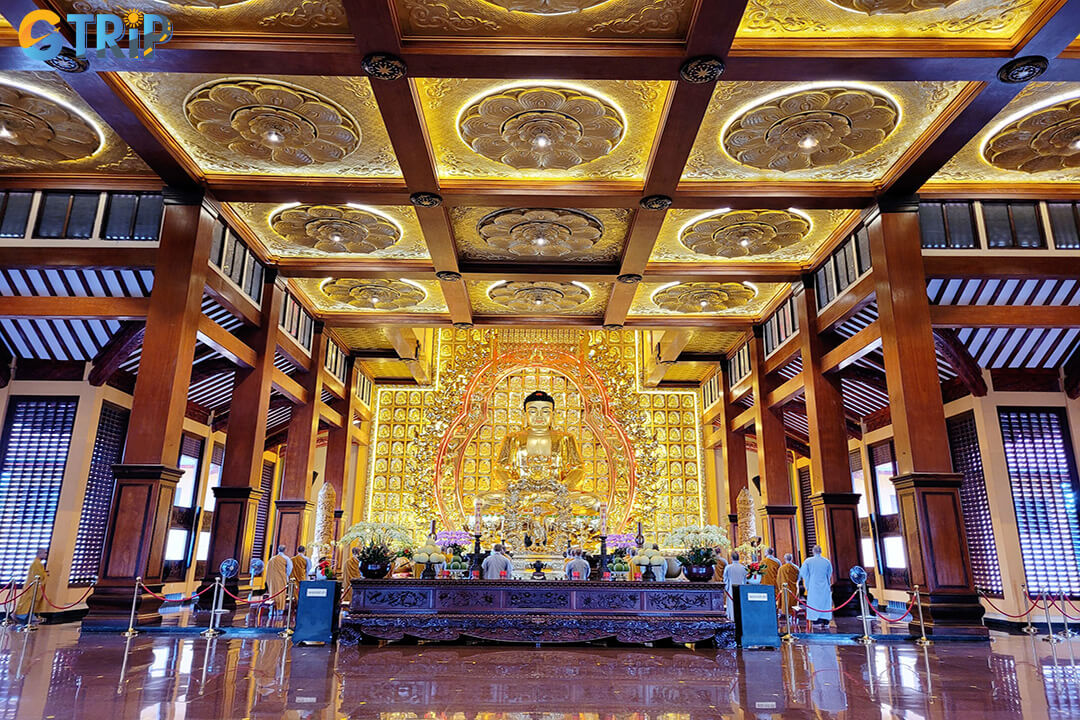
A powerful story of resilience and faith, tracing Vietnam Quoc Tu Pagoda’s journey from its 1963 origins to its role today as the spiritual heart of Vietnamese Buddhism
Architecture of the Vietnamese National Buddhist Temple
The architecture of the Vietnamese National Buddhist Temple is a masterclass in modern design, engineered to serve a multitude of functions while inspiring awe and reverence. The main temple building is a multi-level structure thoughtfully planned to accommodate everything from mass gatherings to the quiet, contemplative lives of its resident monks. The entire complex is designed for efficiency and spiritual purpose. The expansive basement covers an area of 7,850 m² and is designated as a spacious and organized parking zone, capable of handling the large number of vehicles during major festivals and ceremonies.
The first floor, with an area of 730 m², is a welcoming hall designed for large assemblies. Its main seating area can host about 1,000 people, while an expansive corridor space can welcome up to 3,000 more visitors during peak events, ensuring smooth flow and access. Ascending to the second floor, you find 885 m² of dedicated office space, the administrative heart of the Ho Chi Minh City Buddhist Sangha. The third floor is a private residential area of 580 m², containing 15 rooms that provide quiet living quarters for the monks. Finally, the fourth floor is the spiritual core of the building. As the most expansive level at 2,167 m², it houses the magnificent main worship hall, a library, and other supporting facilities, representing the pinnacle of a visitor's journey through the temple.

Vietnamese National Buddhist Temple features multi-level spaces for worship, administration, residence, and community gatherings
What to see at Vietnam Quoc Tu
Vietnam Quoc Tu impresses visitors with its remarkable structures and sacred artifacts. Each element, from the towering stupa to the colossal bell, is rich with symbolism and artistic mastery.
Da Bao Tower (13-storey tower)
The Da Bao Tower (Bao Thap) stands as the striking centerpiece of the Vietnamese National Buddhist Temple. Rising 63 meters high, it is the tallest Buddhist tower in Ho Chi Minh City, symbolizing the unity of Vietnam’s 63 provinces. Blending traditional Vietnamese design with modern engineering, its 13 stories honor the Buddhist organizations that united during the 1963 Buddhist crisis. Most sacred of all, the tower enshrines the relic of Venerable Thich Quang Duc’s “Undecayed Heart”, making it both an architectural masterpiece and a profound site of pilgrimage.

The tallest Buddhist stupa in Ho Chi Minh City symbolizes national unity and enshrines the sacred heart relic of Venerable Thich Quang Duc
Shakyamuni Buddha statue
Upon entering the main worship hall on the fourth floor, visitors are greeted by the serene presence of a colossal bronze Shakyamuni Buddha statue. Standing 7.5 meters tall and weighing 35 tons, it is among the largest indoor Buddha statues in Vietnam. The figure, seated in meditation, radiates calm and compassion under a soft halo of light that enhances its sacred beauty. The hall’s quiet reverence invites deep reflection, while outdoor sculptures around the temple depict key moments from the Buddha’s life, enriching the spiritual atmosphere.
The 3-ton bell
Within the temple complex stands another remarkable feature, the Great Bell (Dai Hong Chung), the largest in Vietnam. Weighing three tons and standing 2.9 meters tall, this bronze bell rests on an ornate wooden frame and is adorned with intricate lotus engravings inspired by the Tran Dynasty. The inscription “Viet Nam Quoc Tu” proudly marks its identity. When struck, its deep, resonant sound spreads across the temple grounds, symbolizing mindfulness and peace. Both an artistic and spiritual masterpiece, the bell beautifully embodies Vietnam’s Buddhist heritage.
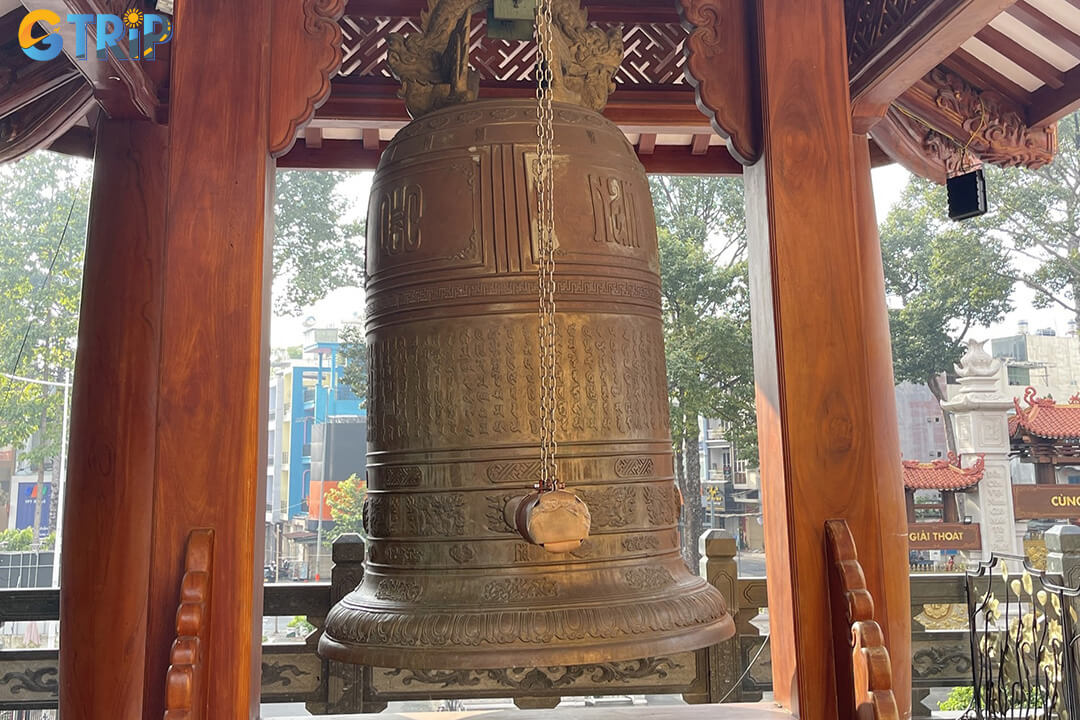
Home to Vietnam’s largest bronze bell, the temple resonates with a powerful symbol of peace and Buddhist heritage
Things to do at Vietnam Quoc Tu Pagoda
Beyond its impressive architecture, Vietnam Quoc Tu Pagoda serves as a vibrant spiritual and cultural center. You can do more than just admire Buddhism. They can actively engage with the temple’s living traditions to gain a deeper understanding of Vietnamese Buddhism.
1. Attend Dharma sessions
Immerse yourself in the peaceful rhythm of temple life by joining the Dharma sessions held every Sunday from 7:00 AM to 4:00 PM. These sessions welcome everyone, if you’re a Buddhist practitioner or simply curious about the faith. Activities include scripture chanting, guided meditation, and Dharma talks delivered by senior monks. It’s an enriching way to connect with the local spiritual community and experience the temple’s sacred essence firsthand.
2. Join major Buddhist celebrations
Witness the temple at its most vibrant during major Buddhist festivals such as Vesak, celebrating the Buddha’s birth, enlightenment, and passing and Vu Lan Festival (Ullambana Festival), a moving event honoring filial piety and gratitude to parents. During these celebrations, the pagoda comes alive with thousands of monks, nuns, and devotees from across Vietnam, creating a breathtaking atmosphere of devotion, unity, and joy.
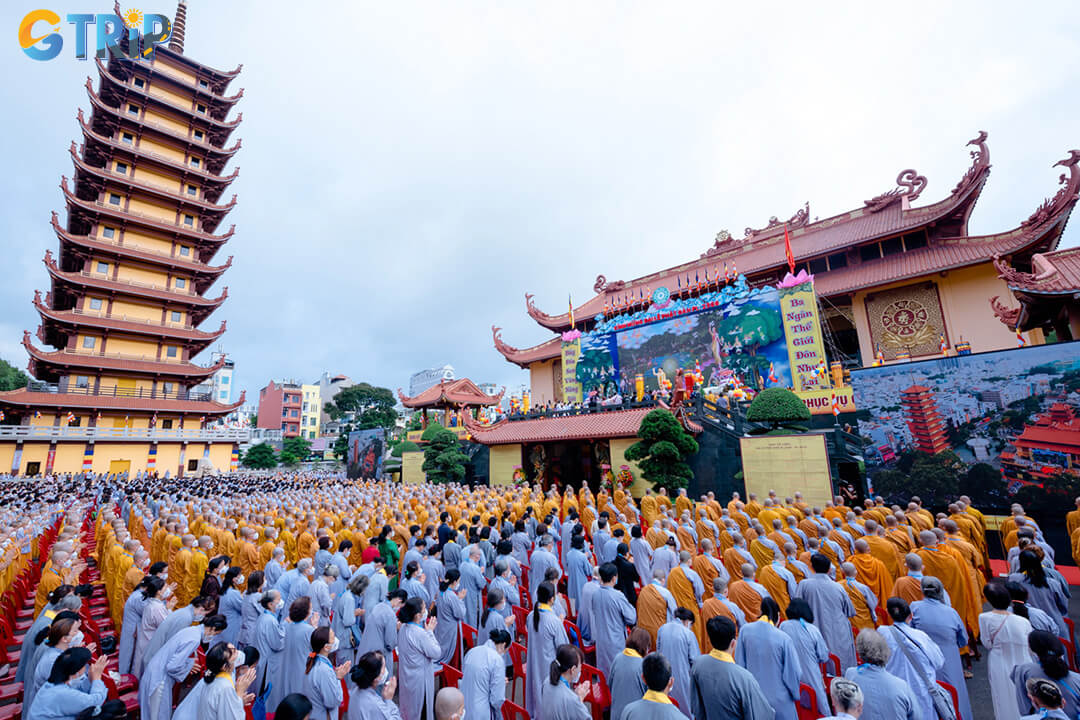
Experience the temple’s liveliest moments during Vesak and Vu Lan Festivals, when thousands gather in a magnificent display of devotion, unity, and joy
3. Experience cultural exchanges
As the second headquarters of the Vietnamese Buddhist Sangha, Vietnam Quoc Tu Pagoda regularly hosts national conferences, lectures, and cultural exchange events with international Buddhist delegations. Attending or even just observing these gatherings offers a rare insight into the administrative, educational, and intercultural dimensions of modern Vietnamese Buddhism. It’s a meaningful way to see how ancient teachings continue to shape contemporary life.
How to get to the Vietnamese National Buddhist Temple
Located in the bustling former District 10, the temple is easily accessible from all parts of Ho Chi Minh City. Its prominent position on Ba Thang Hai Street makes it a well-known landmark.
- Ride-hailing apps: The most convenient way to get there is by using ride-hailing apps like Grab or XanhSM. Just type "Viet Nam Quoc Tu" into the destination field. A car or motorbike ride from the tourist center of former District 1 typically takes 15-20 minutes, depending on traffic, and is very affordable.
- Taxi: Reputable taxi companies like Vinasun (white and green) or Mai Linh (green) are plentiful. Most drivers will know the temple by its Vietnamese name, "Viet Nam Quoc Tu".
- Public bus: For a more local experience, several public bus routes pass by or stop near the temple. Look for buses that travel along Ba Thang Hai Street, such as Bus Route 10 or 59. This is the most budget-friendly option, though it requires a bit more navigation.
Nearby attractions to the Vietnamese National Buddhist Temple
A visit to the temple can be easily combined with other fascinating sites in and around District 10. Here are a few top recommendations from GTrip, all just a short distance away.
- Museum of Traditional Vietnamese Medicine (FITO Museum): Located just 500 meters away, this stunning museum is a must-see. Housed in a beautifully crafted wooden building, it showcases thousands of artifacts related to the history of traditional Vietnamese medicine.
- Giac Ngo Pagoda: A peaceful Mahayana Buddhist temple known for its modern architecture and active role in Buddhist education. It regularly hosts Dharma talks and meditation sessions open to the public, offering insight into contemporary Vietnamese Buddhism.
- Ho Thi Ky Flower Market: Just a 10-minute walk from the temple, this vibrant market bursts with color and fragrance. Open day and night, it’s the city’s largest wholesale flower market, perfect for photography lovers and those seeking a slice of daily Saigon life.
- Ho Thi Ky Food Street: Right next to the flower market, this bustling alley is a haven for street food enthusiasts. Attract you with Cambodian-style sweet soups or grilled seafood and fresh spring rolls, it’s a true taste of local flavor and culture.
- Ky Hoa Lake Park: A green oasis in the middle of the city, Ky Hoa Park offers a peaceful spot to unwind after your temple visit. With shady trees, walking paths, and a small lake, it’s ideal for quiet reflection or a stroll.
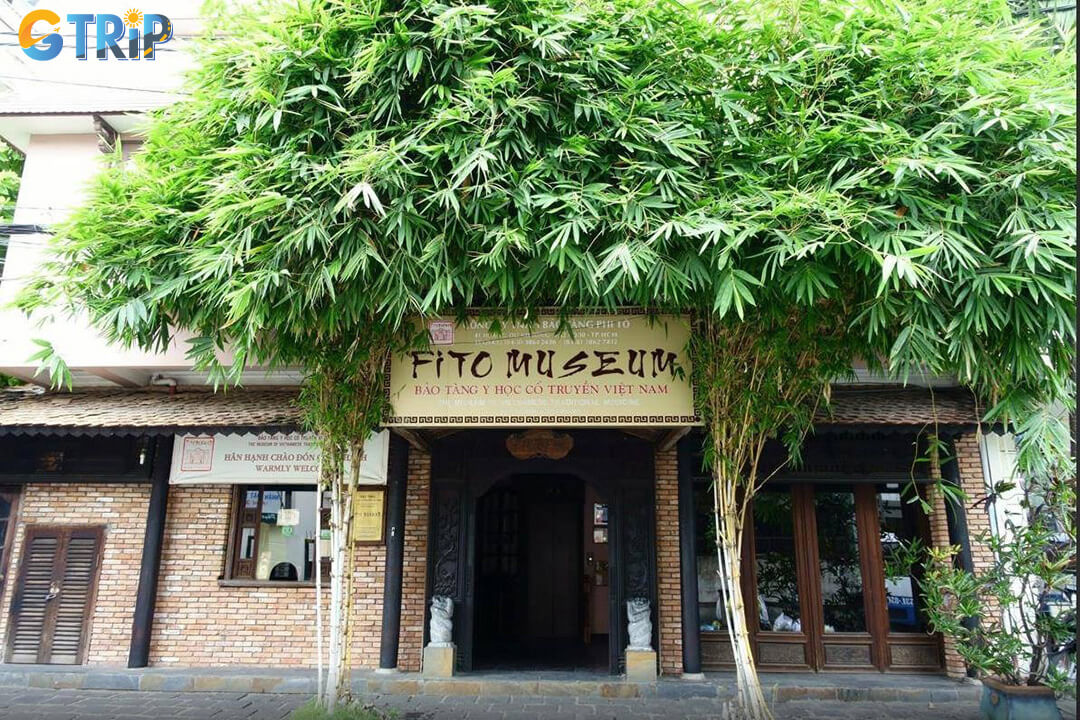
Discover nearby gems like the FITO Museum all just minutes from the Vietnamese National Buddhist Temple
Practical tips for visiting Vietnamese National Buddhist Temple
To ensure a respectful and enjoyable visit, please keep these tips in mind. The temple is an active place of worship, and observing proper etiquette is essential.
- Dress code: This is the most important rule. Visitors must dress modestly, ensuring shoulders and knees are covered. Avoid wearing shorts, short skirts, or tank tops. Scarves or shawls are useful to have on hand for covering up if needed.
- Etiquette: Maintain a quiet and respectful demeanor inside the temple grounds, especially in the main worship hall. Refrain from loud conversations. When sitting, avoid pointing your feet towards the altars or Buddha statues, as this is considered disrespectful. Remove your shoes before entering the main hall.
- Photography: Photography is generally permitted in the outdoor areas and sometimes within the halls, but always be mindful of worshippers. Avoid using flash photography, and never take pictures of monks or nuns without first asking for their permission.
- Donations: While entry is completely free, the temple is funded by the generosity of the community. You will see donation boxes throughout the complex. Contributing a small amount is a kind gesture that supports the temple's maintenance and community activities.
- Stay hydrated: Ho Chi Minh City can be hot and humid. Bring a bottle of water to stay hydrated as you explore the large temple complex.
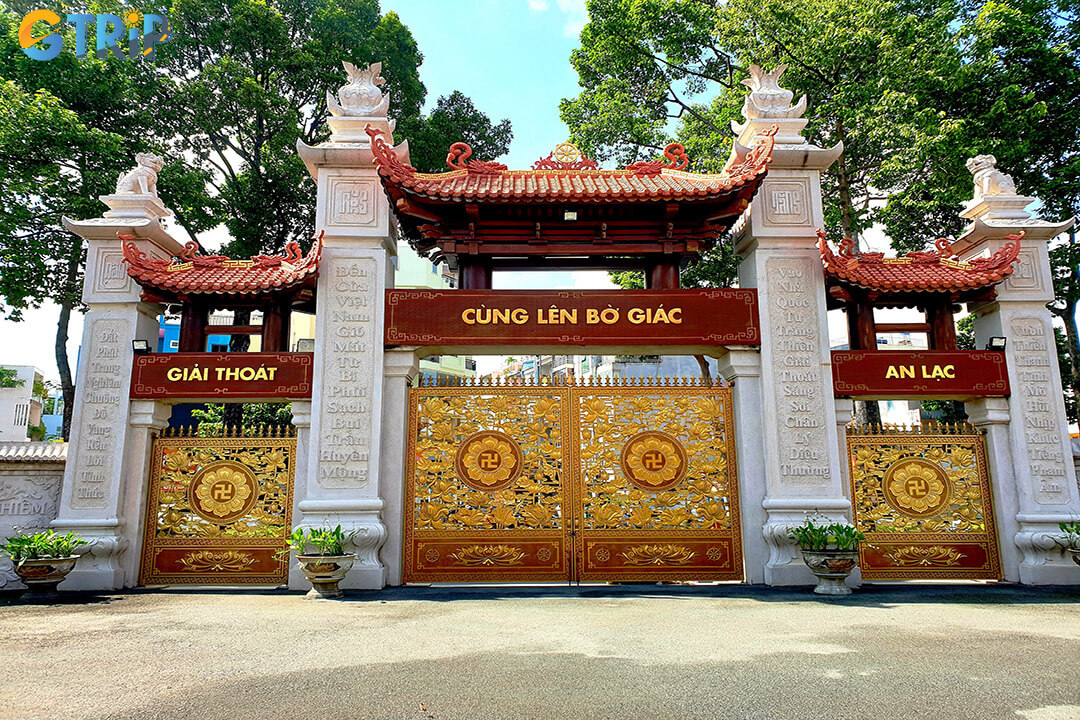
Follow these simple guidelines on dress, etiquette, and conduct to ensure a respectful and meaningful visit to the temple
The Vietnamese National Buddhist Temple is a symbol of resilience, a masterpiece of modern architecture, and a vibrant spiritual heart in Ho Chi Minh City. Each element of the temple, from the towering stupa that holds sacred relics to the majestic Buddha statue that radiates serenity, reflects a deep spirit of faith and devotion. It stands as a proud declaration of Vietnam's rich Buddhist heritage, seamlessly woven into the fabric of a forward-looking city. A visit here offers a profound sense of peace and a deeper connection to the country's culture. For more expert guides and insider tips on exploring Vietnam's incredible destinations, trust GTrip - Vietnam Travel Agency to lead your journey.

